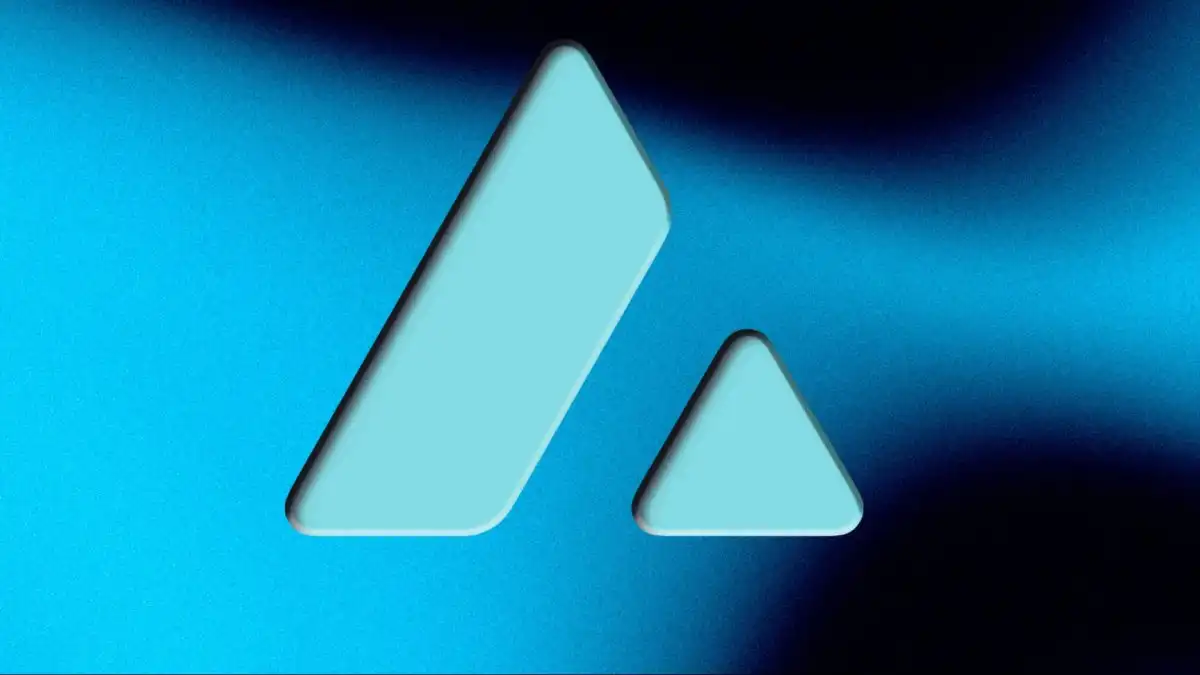- Ethereum is the more established and secure blockchain with a strong developer ecosystem, while Solana offers faster transactions and lower fees but is more centralized.
- The future depends on Ethereum’s scalability improvements and Solana’s ability to enhance decentralization and reliability.
Cryptocurrency investors and developers continue to debate whether Solana or Ethereum is the superior blockchain for the future. Both platforms power decentralized applications (dApps) and smart contracts, yet they take different approaches to scalability, security, and fees. With 2025 on the horizon, the battle between Solana and Ethereum is intensifying.
Also read: What is Tokenomics? Understanding Crypto Economics in Simple Terms
Ethereum vs Solana: A Quick Comparison
Ethereum, the second-largest cryptocurrency by market capitalization, is known for its strong developer community, decentralized finance (DeFi) dominance, and transition to a Proof-of-Stake (PoS) consensus. However, it struggles with high transaction fees and limited scalability.
Solana, on the other hand, has gained attention for its high-speed transactions and low fees, making it a strong competitor to Ethereum. But does that mean it will overtake Ethereum as the leading smart contract platform?
Key Differences Between Solana and Ethereum
- Transaction Speed and Fees
- Ethereum processes around 15 transactions per second (TPS), making it slower than newer blockchains. However, Layer 2 solutions like Optimism and Arbitrum are improving scalability.
- Solana boasts an impressive 65,000 TPS, thanks to its unique Proof-of-History (PoH) + PoS consensus mechanism. This speed allows transactions to be processed at a fraction of Ethereum’s cost.
- Decentralization and Security
- Ethereum prioritizes decentralization, with over 800,000 validators, ensuring network security and resistance to attacks.
- Solana is faster but has fewer validators (around 1,900), making it more centralized and susceptible to downtime.
- Smart Contracts and Developer Ecosystem
- Ethereum leads in dApps, NFTs, and DeFi protocols, with major projects like Uniswap, Aave, and OpenSea.
- Solana offers faster and cheaper transactions, making it attractive for gaming and high-frequency trading applications.
- Tokenomics and Staking
- Ethereum has a deflationary model, burning ETH to reduce supply. Around 28% of ETH is staked, securing the network.
- Solana’s inflationary model supports network growth, but 81% of SOL tokens are currently staked, making it highly dependent on active participation.
Which Blockchain Is Better for the Future?
Ethereum remains the dominant force in blockchain development, with its long-standing reputation, security, and strong ecosystem. However, Solana’s speed and affordability make it an appealing alternative for certain use cases.
If Ethereum successfully scales through Layer 2 solutions and Ethereum 2.0 upgrades, it could maintain its leadership. However, if Solana continues improving reliability and decentralization, it may pose a serious challenge.
Final Verdict
- For security and decentralization: Ethereum
- For speed and cost-efficiency: Solana
- For long-term adoption: Ethereum still holds the edge, but Solana is a strong contender
As both blockchains evolve, investors and developers must weigh their priorities when choosing between Ethereum’s stability and Solana’s innovation.



